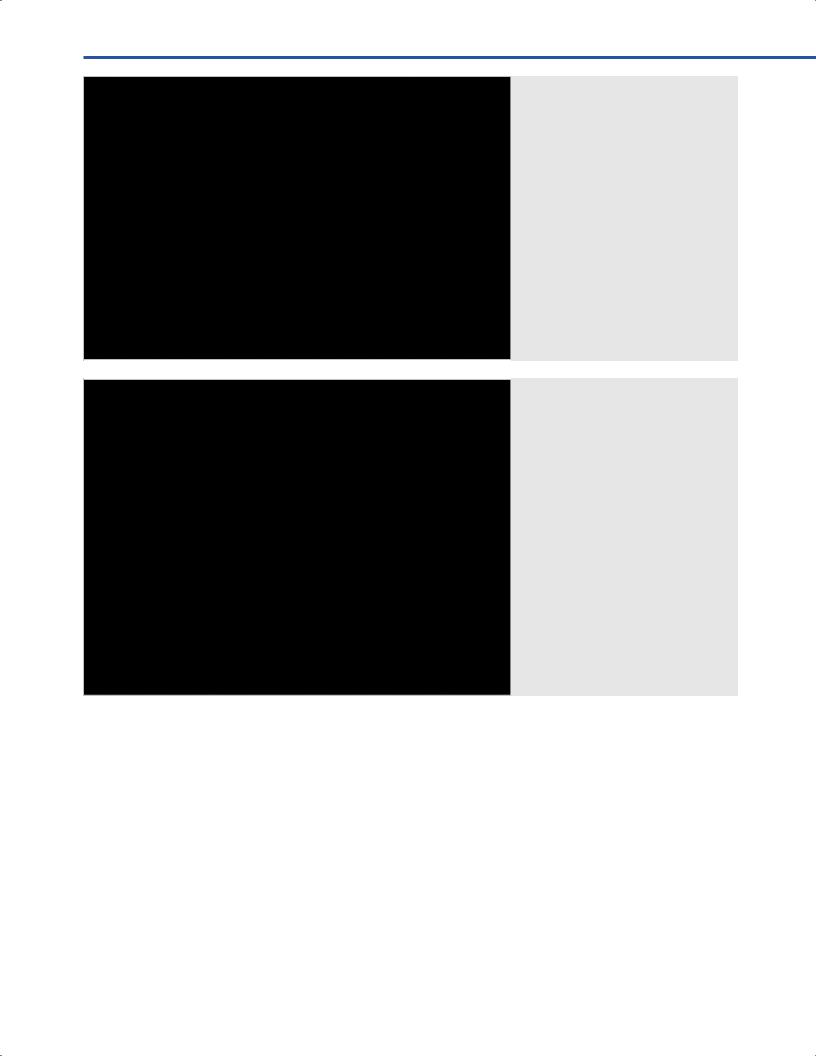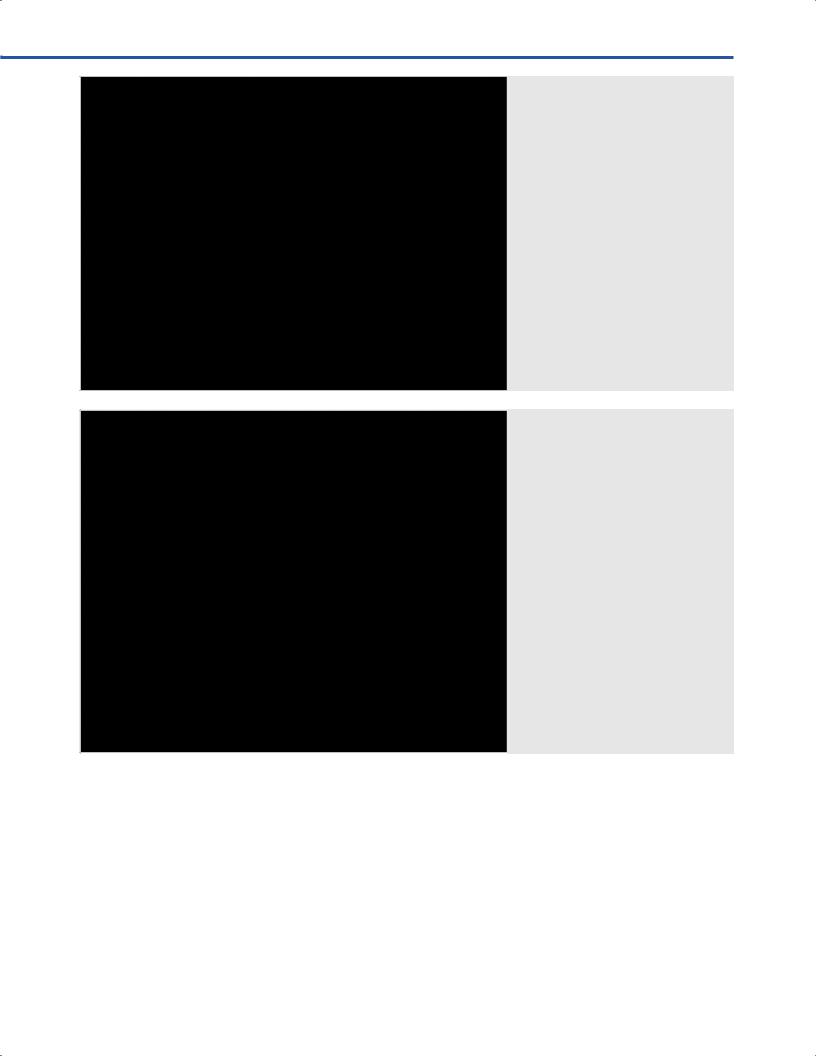
- •Operative Cranial Neurosurgical Anatomy
- •Contents
- •Foreword
- •Preface
- •Contributors
- •1 Training Models in Neurosurgery
- •2 Assessment of Surgical Exposure
- •3 Anatomical Landmarks and Cranial Anthropometry
- •4 Presurgical Planning By Images
- •5 Patient Positioning
- •6 Fundamentals of Cranial Neurosurgery
- •7 Skin Incisions, Head and Neck Soft-Tissue Dissection
- •8 Techniques of Temporal Muscle Dissection
- •9 Intraoperative Imaging
- •10 Precaruncular Approach to the Medial Orbit and Central Skull Base
- •11 Supraorbital Approach
- •12 Trans-Ciliar Approach
- •13 Lateral Orbitotomy
- •14 Frontal and Bifrontal Approach
- •15 Frontotemporal and Pterional Approach
- •16 Mini-Pterional Approach
- •17 Combined Orbito-Zygomatic Approaches
- •18 Midline Interhemispheric Approach
- •19 Temporal Approach and Variants
- •20 Intradural Subtemporal Approach
- •21 Extradural Subtemporal Transzygomatic Approach
- •22 Occipital Approach
- •23 Supracerebellar Infratentorial Approach
- •24 Endoscopic Approach to Pineal Region
- •25 Midline Suboccipital Approach
- •26 Retrosigmoid Approach
- •27 Endoscopic Retrosigmoid Approach
- •29 Trans-Frontal-Sinus Subcranial Approach
- •30 Transbasal and Extended Subfrontal Bilateral Approach
- •32 Surgical Anatomy of the Petrous Bone
- •33 Anterior Petrosectomy
- •34 Presigmoid Retrolabyrinthine Approach
- •36 Nasal Surgical Anatomy
- •37 Microscopic Endonasal and Sublabial Approach
- •38 Endoscopic Endonasal Transphenoidal Approach
- •39 Expanded Endoscopic Endonasal Approach
- •41 Endoscopic Endonasal Odontoidectomy
- •42 Endoscopic Transoral Approach
- •43 Transmaxillary Approaches
- •44 Transmaxillary Transpterygoid Approach
- •45 Endoscopic Endonasal Transclival Approach with Transcondylar Extension
- •46 Endoscopic Endonasal Transmaxillary Approach to the Vidian Canal and Meckel’s Cave
- •48 High Flow Bypass (Common Carotid Artery – Middle Cerebral Artery)
- •50 Anthropometry for Ventricular Puncture
- •51 Ventricular-Peritoneal Shunt
- •52 Endoscopic Septostomy
- •Index

19 Temporal Approach and Variants
Cristian Gragnaniello, Nicholas J. Erickson, Filippo Gagliardi, Marzia Medone, Pietro Mortini, and Anthony J. Caputy
19.1 Indications
•Temporal lobectomy for epilepsy (amygdalo-hippocampectomy).
•Tumors and vascular malformations of the lateral and middle temporal lobe.
•Temporal lobe open brain biopsy.
19.2 Patient Positioning
•Position: The patient is positioned supine with the head fxed with a Mayfeld head holder.
•Body: The body is kept in neutral position slightly rotated toward the contralateral side and a roll is placed under the ipsilateral shoulder.
•Head: The head is rotated of about 60° toward the contralateral side and tilted up to 30° toward the foor.
•The zygoma should be kept as the highest point of the surgical feld.
•The frontotemporal region has to be kept on a horizontal plane, parallel to the foor.
○Run: Incision line curves frst posteriorly around the top of the pinna for 6 to 9 cm, then turns superiorly along the superior temporal line, turning anteriorly toward the forehead.
○Ending point: The surgical incision ends at the hairline.
•Linear unilateral incision
Linear incision is mostly used for minimally invasive keyhole temporal approaches.
○Starting point: The linear incision does begin in the same position as the question-mark-shaped one, 1 cm above the zygomatic arch and 1 cm anterior to the tragus.
○Run: It runs superiorly for about 6 cm at the level of the temporal muscle.
○Ending point: Incision line ends at the superior temporal line.
19.3.1 Critical Structures
•Frontal branch of the facial nerve.
•Superfcial temporal artery.
19.3 Skin Incision
•Question-mark shaped unilateral incision (Fig. 19.1)
○Starting point: The incision starts just above the zygomatic arch, 1 cm in front of the tragus, in order to preserve the frontal branches of the facial nerve and it makes a small “V” in front of the tragus itself to allow for a more cosmetic closure result.
19.4 Soft Tissues Dissection
•Myofascial level (Fig. 19.2, 19.3)
○Interfascial dissection of the temporal muscle is carried out according to the technique described in Chapters 6 and 8.
○The masseter muscle is carefully detached from the inferior margin of the zygomatic arch.
○The superfcial temporal fascia is incised according to the skin incision.
Fig. 19.1 Skin incision. Starting just above the zygomatic arch and anterior to the tragus, the incision curves posteriorly around the top of the pinna and continues superiorly and anteriorly along the superior temporal line towards the forehead.
118

19 Temporal Approach and Variants
•Zygomatic osteotomy (Fig. 19.4)
The zygoma is cut to gain a direct access to the middle fossa foor, reaching a more basal exposure, which enables to open the intradural, subtemporal corridor.
○The frst cut is made anteriorly at the temporal process of the zygomatic bone, just behind the zygomaticofacial foramen.
○The second cut is made posteriorly at the zygomatic process of the temporal bone, just anterior to the mandibular fossa.
•Muscles (Fig. 19.5)
○The temporal muscle is incised in a curvilinear manner along the superior temporal line, leaving a
Fig. 19.2 Myofascial level. The sk |
g |
|
with the pericr |
ted ante |
- |
riorly and inferiorly to expose the temporal fascia and its attachment to the frontal bone along the superior temporal line. Abbreviations: FB = frontal bone;
P = pericranium; STL = superior temporal line; TMF = temporal muscle fascia; TR = projection of the tragus.
Fig. 19.3 Interfascial dissection of the temporal muscle, as described by Yasargil, is an t to protect the frontotemporal branch
of the facial nerve.
Abbreviations: FB = frontal bone; FP = fat pad; P = pericranium; STL = superior temporal line; TMF = temporal muscle fascia;
TR = projection of the tragus.
cuf of about 7-10 mm at its insertion at the superior temporal line.
○Muscle fbers are then detached from the temporal squama, starting from the superior temporal line in a subperiosteal manner.
○The muscle together with the zygomatic arch is refected downward.
•Bone exposure
○Bone exposure is completed when the temporal squama, as well as the outer surface of the greater wing of the sphenoid bone until the pterion are exposed.
○The skull base is exposed as far as the inferior orbital fssure.
119

III Cranial Approaches
19.4.1 Critical Structures
•Frontal branch of the facial nerve.
•Inferior orbital fssure.
19.5 Craniotomy/Craniectomy (Figs. 19.6, 19.7)
•Burr holes
○I: The frst burr hole is made at the squamosal portion of the temporal bone, just behind the spheno-temporal
suture and under the temporal muscle for cosmetic reason, at the McCarty point (see Chapter 6).
○II: The second hole is placed about 3 cm posteriorly from the squamosal suture in the parietal bone, just below the
Fig. 19.4 Zygomatic osteotomy. Abbreviations: FP = fat pad; MM = masseter muscle; P = pericranium; TMF = temporal muscle fascia; ZA = zygomatic arch.
Fig. 19.5 Temporal muscle detachment. The temporal muscle is incised in a curvilinear manner along the temporal line, leaving a
c le and fascia. Musc s are then detached from the temporal squama. Abbreviations: FB = frontal bone; P = pericranium; TM = temporal muscle; TMF = temporal muscle fascia; TR = tragus; TSq = temporal squama.
superfcial temporal line at the posterior limit of the bone exposure.
○III: The third hole is made on the temporal squama just above the posterior root of the zygomatic arch.
○IV: An additional, fourth hole is suggested in elderly patient along the superior temporal line, to facilitate dural detachment from the inner calvaria.
•Craniotomy landmarks (Figure 6)
○Anteriorly: The pterion and the outer surface of the greater wing of the sphenoidal bone.
○Superiorly: The superior temporal line.
○Inferiorly: The zygomatic process of the temporal bone posteriorly and the temporal process of the zygomatic bone anteriorly, which were both previously divided.
○Posteriorly: The posterior aspect of the temporo-parietal suture.
120

19 Temporal Approach and Variants
Fig. 19.6 Craniotomy st burr hole
(A) is made at the squamosal portion of the temporal bone, just behind the sphenotemporal suture. The second (B) is placed about 3 cm posteriorly from the squamosal suture in the parietal bone at the posterior limit of the bone exposure. The third (C) is made on the temporal squama just above the posterior root of the zygomatic arch. The fourth (D) is placed along the superior temporal line to help with dissection of
the dura.
Abbreviations: FB = frontal bone; P = pericranium; TM = temporal muscle; TMF = temporal muscle fascia; TSq = temporal squama.
Fig. 19.7 Dural Exposure. Branches of the middle meningeal artery can be seen after the craniotomy is performed.
Abbreviations: FD = frontal dura; GWS = greater wing of the sphenoid; LWS = lesser wing of the sphenoid; MMA = middle meningeal artery; TD = temporal dura; TM = temporal muscle.
19.5.1 Variants
• The extradural subtemporal approach (see Chapter 21).
19.6 Dural Opening
•“Cruciate/stellate” or a “horseshoe” - shaped fashion.
•Horseshoe-shaped fashion
○The basal edge of the horseshoe is based on the sphenoid ridge.
○Dural fap is refected antero-inferiorly.
19.6.1 Critical Structures
•Middle meningeal artery.
•Underlying superfcial temporal veins (superfcial Sylvian veins, vein of Labbé).
19.7 Intradural Exposure (Fig. 19.8)
•Parenchymal structures: Lateral aspect of the superior, middle, and inferior temporal gyrus, superior and inferior temporal sulcus, inferior frontal gyrus, and temporal-mesial
121

III Cranial Approaches
aspect of the temporal lobe (amygdalo-hippocampal structures, parhyppocampal gyrus, lateral and medial tempo- ral-occipital gyrus).
•Arachnoidal layer: Sylvian cistern, temporal horn of the ipsilateral ventricle, ambiens and crural cisterns (in case of surgical access to the medial part of the temporal lobe).
•Cranial nerves: Third cranial nerve, fourth cranial nerve just below the tentorial incisura, Gasserian ganglion
(in case of surgical access to the medial part of the temporal lobe).
•Arteries: Middle cerebral artery and its branches (anterior and posterior temporal branches).
•Veins: Superfcial Sylvian veins, vein of Labbè.
Fig. 19.8 Intradural Exposure. The lateral aspect of the superior, middle and inferior temporal gyri, inferior frontal gyrus and
al Sylvian veins are visualized after the dur ted.
Abbreviations: DM = dura mater; IFG = inferior frontal gyrus; ITG = inferior temporal gyrus; MTG = middle temporal gyrus;
SF = Sylvi sure; STG = superior temporal gyrus; TM = temporal muscle.
References
1.Fossett D, Caputy AJ. Operative neurosurgical anatomy. New York, NY: Thieme Medical Publisher;2002
2.Jandial R, McCormick P, Black PM. Core techniques in operative neurosurgery. Philadelphia, PA: Elsevier Health Sciences;2011
3.Nader R, Gragnaniello C, Berta SC, et al, Eds. Neurosurgery Tricks of the Trade: Cranial. New York, NY: Thieme Medical Publisher;2014
4.Sekhar LN, Fessler RG. Atlas of neurosurgical techniques. Brain. Volume 1. New York, NY: Thieme Medical Publishers; 2016
122
